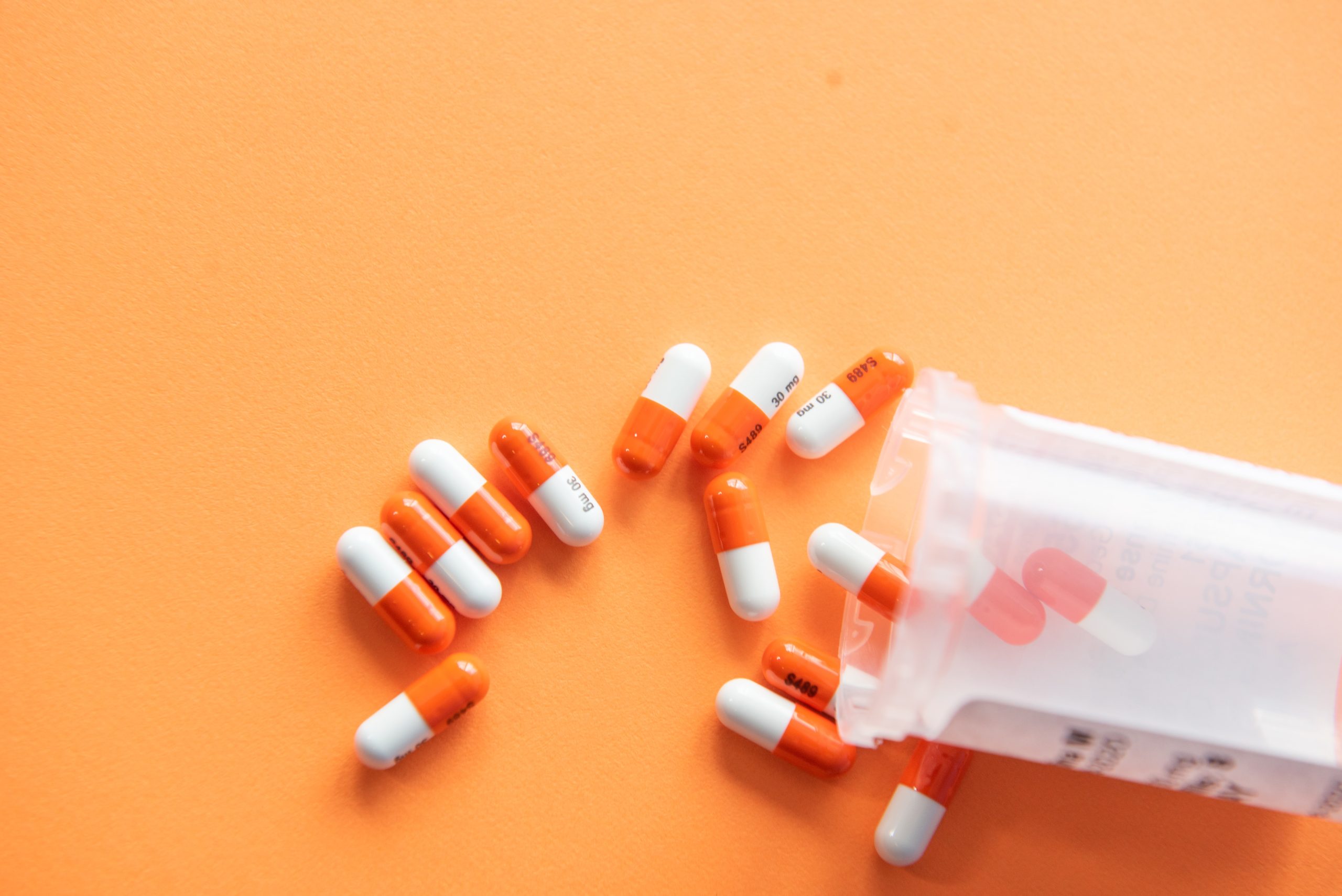
Lauren Dempsey, MS in Biomedicine and Law, RN, FISM News
[elfsight_social_share_buttons id=”1″]
One-in-four American children have reported misusing medication for attention-deficit/hyperactivity (ADHD) according to a new study published in JAMA Network Open.
Rates of ADHD have been increasing steadily over the last two decades and, with this, the number of children prescribed stimulants has also increased. However, researchers from University of Michigan found that a number of middle school and high school students are using these stimulants without a doctor’s prescription.
The study collected data from an annual self-administered survey that included more than 231,000 students from 8th, 10th, and 12th-graders in more than 3,200 U.S. secondary schools, including public and private schools. The researchers looked at survey data from 2005 to 2020.
The students were given details about prescription stimulants and information on how and why these medications are prescribed. The drugs included in the survey were amphetamine, methylphenidate, Ritalin, Adderall, Concerta, Metadate, Dexedrine, Focalin and Vyvanse.
Nonmedical use of prescription stimulants (NUPS) was measured by asking the students the following question: “On how many occasions (if any) have you taken amphetamines or other prescription stimulant drugs on your own—that is, without a doctor telling you to take them… in your lifetime?…during the last 12 months?…during the last 30 days?”
Adolescents that attended schools with a higher percentage of students being treated for ADHD with stimulants had a 36% higher chance of misusing the medication than students who attended a school where no students used stimulant therapy for ADHD.
The research results also found that middle school students were more likely to report misuse of the medications when compared to high school students. Schools with high or moderate rates of binge drinking also had higher rates of misuse and data suggested that students that smoked marijuana were four times more likely to misuse ADHD medication than students who did not smoke.
Other factors were also evaluated such as school location, parent education level, as well as race and ethnicity. The researchers found that schools with more white students or whose students’ parents had a higher level of education also had higher levels of misuse than those with fewer white students and whose parents had lower levels of education.
“The findings should be a major wake-up call,” said the study’s lead author, Sean McCabe, director of the Center for the Study of Drugs, Alcohol, Smoking and Health at the University of Michigan’s School of Nursing.
The study does have some limitations. The data collected was based on self-surveys from the students and may not have accurately classified or reported sensitive substance use behavior. The study also was not able to include information from students who were home-schooled, dropped out, or were absent on the day the surveys were taken.
Patients can use the medications safely and successfully when taken as prescribed, however they do come with side effects. McCabe explained that long term use has been linked to “cardiovascular problems like increased heart rate or blood pressure and increase the risk of neuropsychiatric complications.”
McCabe stressed the importance of education on medication management saying “It’s important to intervene while kids are still looking at these as medications rather than drugs of misuse.”
One out of every 11 children in the United States is prescribed stimulants to improve attention and focus, and it is estimated that 6.1 million children in the U.S. have an ADHD diagnosis, according to the Centers for Disease Control and Prevention (CDC). This is about 9.4% of American children, including 388,000 children aged 2 to 5, 2.4 million aged 6 to 11, and 3.3 million aged 12 to 17.
McCabe also advised that parents and guardians keep controlled medications in a lockbox, count pills, and stay on top of early refills, he added that “If parents suspect any type of misuse, they should contact their child’s prescriber right away,” saying “That child should be screened and assessed immediately.”
